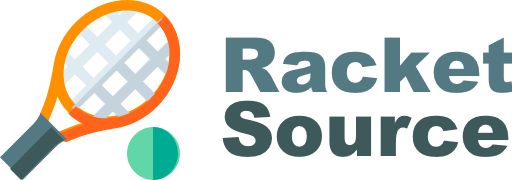You can experience both tennis and golfer’s elbow at the same time. Certain activities involve heavy use of both the lateral and medial sides of the forearm. This is common among tennis players, golfers and rock climbers, as well as construction workers and plumbers.
In respect to this, how long does it take for golfers elbow to heal?
Conservative treatments usually work for golfer’s elbow. But if you’re still having pain after three to six months, you may need surgery. These procedures can remove damaged parts of a tendon, promote healing, and reduce pain. Full recovery may take three to six months.
- Icing the elbow to reduce pain and swelling. …
- Using an elbow strap to protect the injured tendon from further strain.
- Taking nonsteroidal anti-inflammatory (NSAIDs), such as ibuprofen, naproxen, or aspirin, to help with pain and swelling.
Subsequently, which is worse tennis elbow or golfer’s elbow?
On the most basic level, Tennis Elbow presents as pain on the outside of your elbow and Golfer’s Elbow presents as pain on the inside of your elbow. Neither is tied to a specific injury and both tend to gradually get worse as time goes on.
Will golfers elbow go away on its own?
Sometimes, golfer’s elbow or tennis elbow can go away on their own, but you should see a healthcare provider if your condition gets worse or does not get better.
What happens if golfers elbow goes untreated?
Left untreated, golfer’s elbow eventually could cause permanent disability—loss of grip strength, chronic pain, and limited range of elbow motion. The condition also can cause a permanent contracture (bend) of the elbow.
Should you massage golfers elbow?
With Cross friction massage, it can help you to recover from a golfer’s elbow much faster than just by resting. By applying it to the tendon, it can help to stimulate the healing process. Massaging the forearm muscles can also improve their function. It also decreases the tension on your inflamed tendons.
Do compression sleeves help golfers elbow?
Tennis elbow sleeves—or compression sleeves—are commonly used to help treat arm pain caused by lateral epicondylitis (tennis elbow) and medial epicondylalgia (golfer’s elbow).
